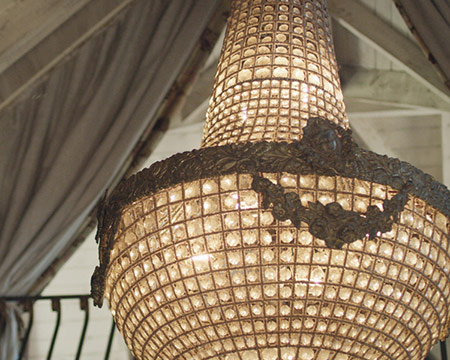

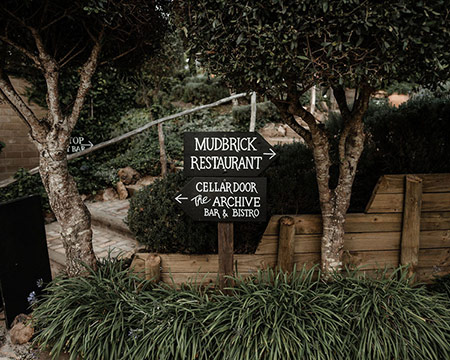
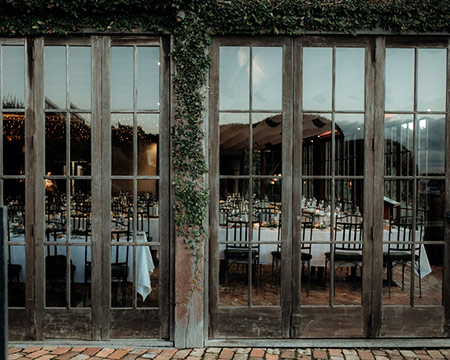
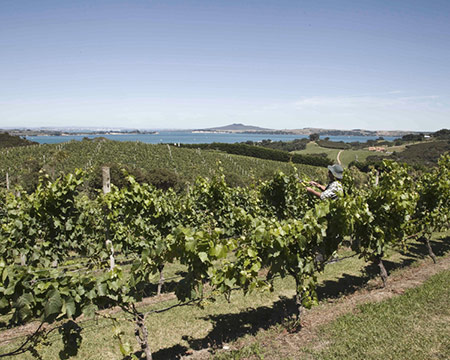

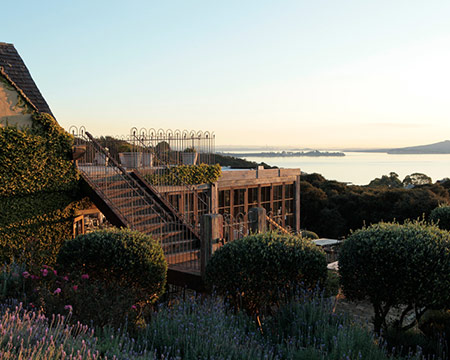


+64 9 372 9050 [email protected]
126 Church Bay Road Oneroa, Waiheke, New Zealand

By Nick Race, Mudbrick Cellar Door Team.
We all know that wine is a wonderful drink which can occur naturally, but under the skilful guidance of a winemaker can become something totally unique and highly sought after. It relies on fungi (called yeast) consuming sugar in grapes and producing ethanol; a process called alcoholic fermentation. But what you might not know however, is that certain wines can undergo a second fermentation to create added complexity and distinctive flavours. This is known as malolactic fermentation, or MLF.
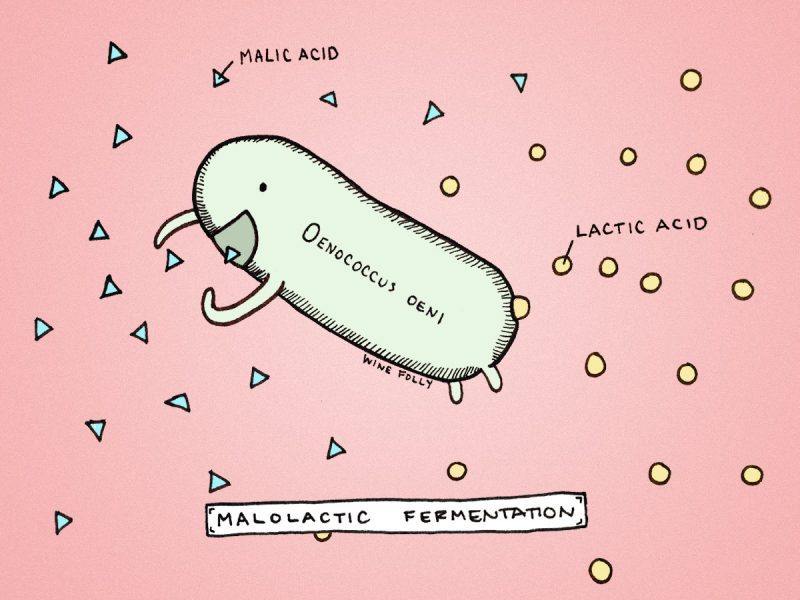
Grapes contains both sugars and acids and the alcoholic fermentation converts the sugars to alcohol, and depending upon how much is left, results in a dry or sweet wine. The acids however are effected by another process, this time relying on bacteria to perform the transformation.
The major acids in wine are tartaric and malic acid. Malic acid is the acid found in apples, giving them a crisp freshness and high acidic finish. Whilst this is a desirable characteristic in wines such as Sauvignon blanc and Rieslings, other grape varietals can benefit from a different style. Certain bacteria can convert the Malic acid into Lactic acid, which is found in milk producing a creamy, soft mouthfeel with reduced acid level.
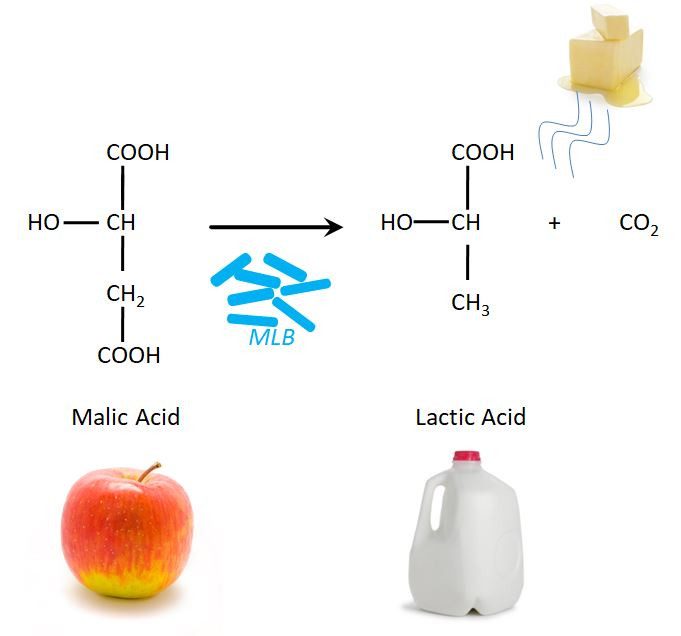
The most popular strain of MLF bacteria is Oenococcus oeni which produces a by-product called Diacetyl which has a distinctive buttery taste. The winemaker can control the amount butteriness by the timing of the 2 fermentations. The best example of MLF in white wine is Chardonnay, but in fact almost all red wine goes through MLF as well.
Both alcoholic and malolactic fermentations can occur naturally, relying on the native yeasts and bacteria in the winery (known as ‘wild’ fermentation), but it wasn’t until the mid 20th century that French oenologist Jean Ribereau-Gayon identified the bacteria and inoculation was introduced to the winemaking process to make it more reliable.
The other influential factor in both white and red wine is oak. This adds another dimension to the wine and is often used in conjunction with MLF. They say that Chardonnay is the wine a winemaker has most influence, as it comes in oaked and unoaked forms, as well as with and without MLF. Fashions change, and I’m sure we can all remember the big bold oaky butter bomb Chardonnays of the Ninety’s, something that seems to have gone out of favour these days in most places apart from California.
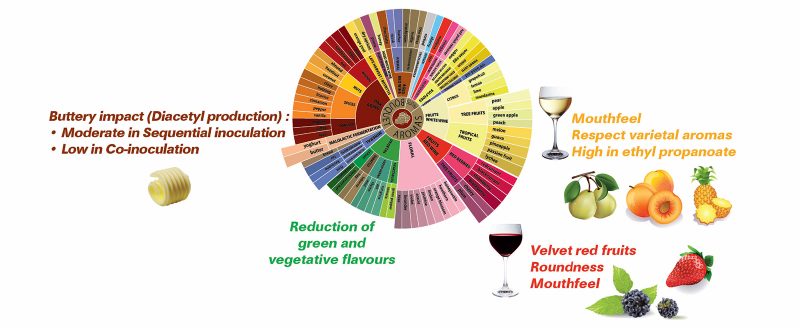
Red wines contain tannins which can bring astringency and bitterness, so MLF is used to soften the mouthfeel and make the wine more approachable as well as bringing down the acid levels and reducing the green vegetative notes. Red wines are normally barrel aged to enhance its flavour, and this is where MLF usually occurs. Bacteria is added and malic acid levels are monitored, was well listening for the absence of popping noises coming from the CO2 in the ferment. Once complete, the bacteria are killed off by added sulphur and the wine left to complete it’s aging process, before being filtered and bottled.
So as you can see, malolactic fermentation is an important step in the winemaking process and can produce some truly exceptional wines.